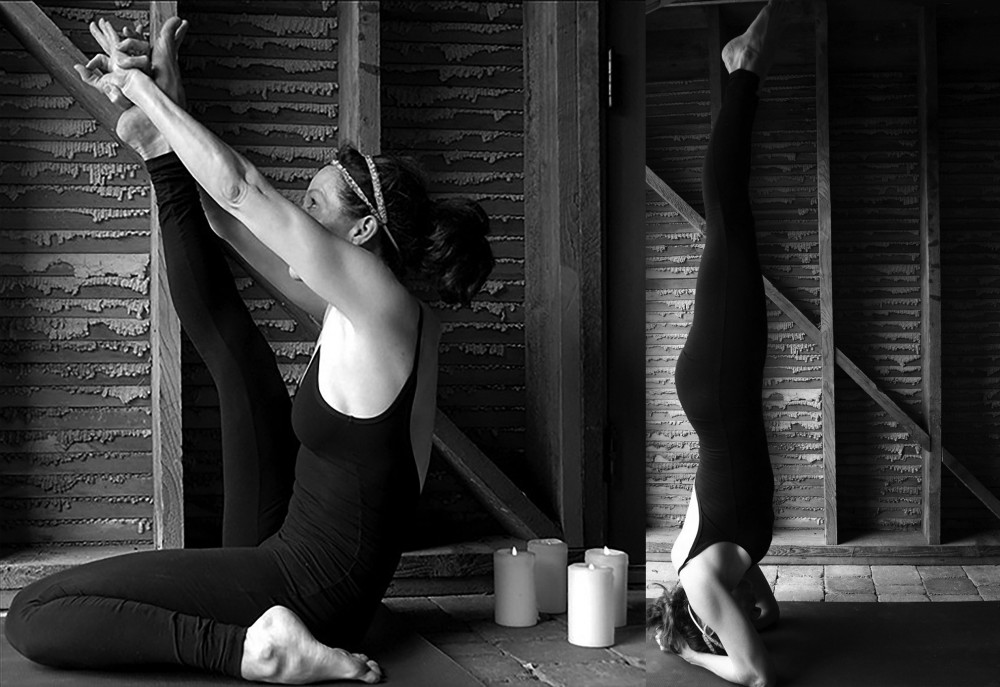Buildings are anthropomorphic interventions in the natural environment - in other words, we live in a built environment that we create largely in response to the way we live within our bodies. Architecture serves far more than physical needs, but the human body is a primary determinant of architectural form. Everything from the scale of enclosed volumes to elements like windows, cabinets, or doorknobs is a response to how we are made. The concept of 'universal' design simply extends this to include bodies with some degrees of limited functionality.
The physics of human existence are also shared and expressed in structural forms. Structural expression mediates and reveals the universal response to gravity as well as an architectural transition from the earth to the sky. Norberg-Schultz, following Heidegger in The Concept of Dwelling, describes the tectonic "grounding" of structure: "...built forms are always understood in terms of their being between earth and sky, that is, their standing, rising and opening. The word 'stand' denotes the relationship to the earth, 'rise' the relationship to the sky, and 'open' refers to the interaction with the environment, that is, the relationship between outside and inside." [1]
These images of yoga being practiced inside a gardening shed clearly express these universal aspects of the human condition. They also reveal the compositional instincts of the photographer. The body, the building; gravity never resting. As I made this space, and as Bonnie later occupied it, we were each, in our own realms, reaching toward challenging ambitions. To be intentional is another fundamental reality of the human condition, occurring from our most incidental and fleeting moments to the most meaningful and forward looking; the latter leads to cultivation, "...a psychic activity that is only possible because humans are able to focus their attention selectively in the pursuit of goals." [2]

We must be selective in our interaction with our environment simply to function at the most basic level. We filter out the majority of potential information to perform any task, indeed, to complete any rational thought. To pursue an ambition, no matter how large or small or how trivial or profound, one must attend to it, forestalling or forsaking countless other possibilities. Who we are, as individuals and as a culture, is invariably defined by what we prioritize, what we privilege, what we value.
[1] Christian Norberg-Schultz, The Concept of Dwelling, Rizzoli 1985 p. 26
[2] M. Csikszenthmihalyi, The Meaning of Things, Cambridge 1981 pg.4
